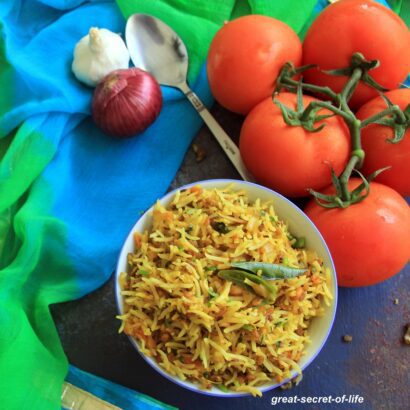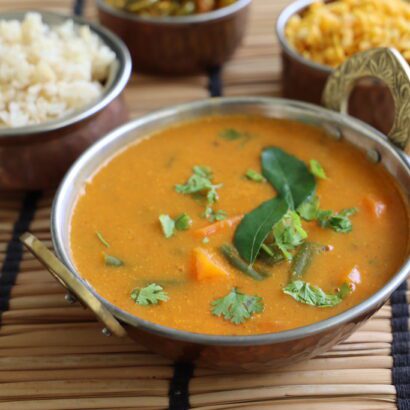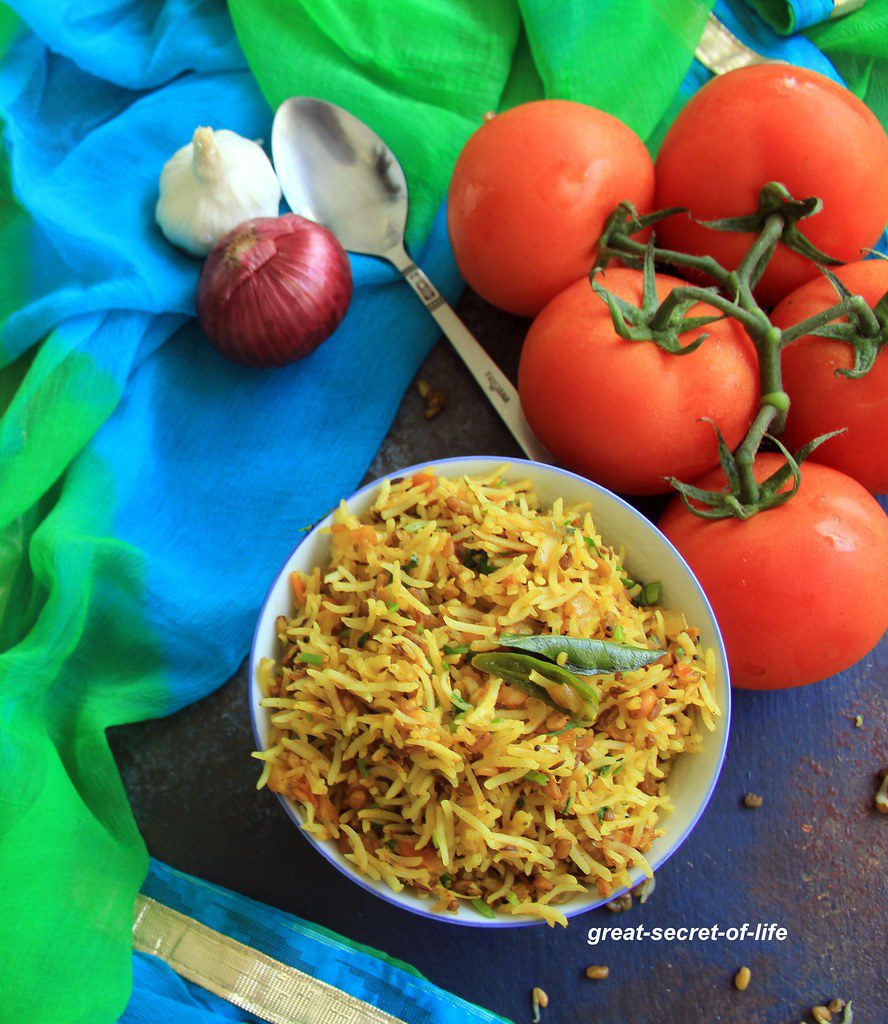Before marriage My mum doesn’t do elaborate celebration of Ganesh Chaturthi. Just normal pooja with one sundal at the most. For me after marriage and moved out India in the early years of marriage I didn’t even know when is Ganesh Chaturthi. Now as kids grew up wanted them to keep in touch with Indian traditions I do almost all the hindu festivals. Being in Singapore makes it easier.
History of Ganesh Chaturthi:
Ganesha Chaturthi is one of the most important
Hindu festival in India. It is the day on which Lord Ganesha, the son of Lord
Shiva and Parvati was born. The day thus marks the auspicious birth of one of
the most important Hindu God. This day is also known as Vinayaka Chaturthi or
Vinayaka Chavithi in many parts of the country. It is celebrated on of fourth
day of the waxing moon period in the month of Bhaadrapada according to the
Hindu calendar. According to the Gregorian calendar, this day falls between 20
August and 15 September. The festival is celebrated with immense enthusiasm in
Maharashtra and Andhra Pradesh for ten days.
Hindu festival in India. It is the day on which Lord Ganesha, the son of Lord
Shiva and Parvati was born. The day thus marks the auspicious birth of one of
the most important Hindu God. This day is also known as Vinayaka Chaturthi or
Vinayaka Chavithi in many parts of the country. It is celebrated on of fourth
day of the waxing moon period in the month of Bhaadrapada according to the
Hindu calendar. According to the Gregorian calendar, this day falls between 20
August and 15 September. The festival is celebrated with immense enthusiasm in
Maharashtra and Andhra Pradesh for ten days.
Though the festival is being celebrated since times
immemorial, the present kind of celebrations of Ganesha Chaturthi came in fashion
in 1893, Lokmanya Tilak, an Indian freedom fighter and social reformer reshaped
the annual Ganesh festival from a private family celebration into a community
event. The day was conceived to be the National Festival in order to bridge the
gap between the Brahmins and the non-Brahmins in the society. Tilak chose this
festival for this purpose because Lord Ganesh was considered to be the ‘ God of
Everyman’. It then served as a meeting ground for people of all community and
religion on a public platform. Since then the festival has served its cause of
existence. Even now people irrespective of caste and community barriers
celebrate this festival with great joy.
immemorial, the present kind of celebrations of Ganesha Chaturthi came in fashion
in 1893, Lokmanya Tilak, an Indian freedom fighter and social reformer reshaped
the annual Ganesh festival from a private family celebration into a community
event. The day was conceived to be the National Festival in order to bridge the
gap between the Brahmins and the non-Brahmins in the society. Tilak chose this
festival for this purpose because Lord Ganesh was considered to be the ‘ God of
Everyman’. It then served as a meeting ground for people of all community and
religion on a public platform. Since then the festival has served its cause of
existence. Even now people irrespective of caste and community barriers
celebrate this festival with great joy.
Coming to the story of Lord
Ganesh’s birth secret it is said that he is the son of Lord Shiva and goddess
Parvati. It is elieved that once while Parvati was bathing, she created a human
figure from some unguent and balm, gave him life and asked him to guard the
door while she bathed. After a long period of meditation on Mountain Kailash
(Lord Shiva’s abode), Shiva chose that very moment to drop by to see his better half, but was
abruptly stopped by the man-god Parvati had posted at the door. Outraged by the
cheek of this stranger, Shiva cut off his head only to discover moments later
that he had killed Parvati’s son! For fear of enraging his wife, Shiva
immediately dispatched his ganas (attendants) to get him the head of the first
living creature they could find. Well, the first living creature happened to be
an elephant. As instructed, the head was chopped off and brought back to Shiva,
who placed it on Parvati’s son’s body, bringing him back to life. This
elephant-headed god was welcomed into the first family of the Hindu heavens and
named Ganesha or Ganapati, which literally means the chief of the ganas, or the
attendants of Shiva. Ganesha is the foremost god of the Hindu pantheon. This
brave guardian of the door to Parvati’s bath is beheld today as the most
auspicious God of new beginnings, undertakings, marriages, expeditions,
studies, etc
Ganesh’s birth secret it is said that he is the son of Lord Shiva and goddess
Parvati. It is elieved that once while Parvati was bathing, she created a human
figure from some unguent and balm, gave him life and asked him to guard the
door while she bathed. After a long period of meditation on Mountain Kailash
(Lord Shiva’s abode), Shiva chose that very moment to drop by to see his better half, but was
abruptly stopped by the man-god Parvati had posted at the door. Outraged by the
cheek of this stranger, Shiva cut off his head only to discover moments later
that he had killed Parvati’s son! For fear of enraging his wife, Shiva
immediately dispatched his ganas (attendants) to get him the head of the first
living creature they could find. Well, the first living creature happened to be
an elephant. As instructed, the head was chopped off and brought back to Shiva,
who placed it on Parvati’s son’s body, bringing him back to life. This
elephant-headed god was welcomed into the first family of the Hindu heavens and
named Ganesha or Ganapati, which literally means the chief of the ganas, or the
attendants of Shiva. Ganesha is the foremost god of the Hindu pantheon. This
brave guardian of the door to Parvati’s bath is beheld today as the most
auspicious God of new beginnings, undertakings, marriages, expeditions,
studies, etc
There are other interesting stories associated with
Ganesh Chaturthi and its significance. One of the most popular legend
found in Skanda Purana says, once Ganesha was invited for a feast in
Chandralok. The joyous Ganesh feasts himself to his heart’s content. But
he grows very restless and feels that his stomach would burst out. In order to
prevent the stomach from bursting out, he ties a snake around it. But he was
not able to balance himself after the huge meal and stumbles and falls. The
moon watches the scene from the sky and laughs at Ganesh. Angered, Lord Ganesh curses the moon to
vanish from the universe. However because of the moon’s absence, the whole
world began to wane. So the gods asked Shiva to persuade Ganesha to relent. The
moon also apologized for his misbehavior. On Shiva’s intervention, Ganesha
modified his curse. He announced that the moon would be invisible on only one
day of a month, and would be partially seen for the Ganesha Utsav most part.
Ganesh Chaturthi and its significance. One of the most popular legend
found in Skanda Purana says, once Ganesha was invited for a feast in
Chandralok. The joyous Ganesh feasts himself to his heart’s content. But
he grows very restless and feels that his stomach would burst out. In order to
prevent the stomach from bursting out, he ties a snake around it. But he was
not able to balance himself after the huge meal and stumbles and falls. The
moon watches the scene from the sky and laughs at Ganesh. Angered, Lord Ganesh curses the moon to
vanish from the universe. However because of the moon’s absence, the whole
world began to wane. So the gods asked Shiva to persuade Ganesha to relent. The
moon also apologized for his misbehavior. On Shiva’s intervention, Ganesha
modified his curse. He announced that the moon would be invisible on only one
day of a month, and would be partially seen for the Ganesha Utsav most part.
On the occasion of the Ganesh Chaturthi festival a large number of
images are made of all possible sizes, and people buy them to keep in their
houses as a divine guest for one and a half, five, seven, or ten days. On the
day of the Chaturthi, shrines are erected, firecrackers let off, huge images of
Ganeshji are carried in grand procession for ‘Ganesh Visarjan’ accompanied by
the sound of devotional songs and drums. The idol should not be kept
after this day, as it is considered inauspicious
images are made of all possible sizes, and people buy them to keep in their
houses as a divine guest for one and a half, five, seven, or ten days. On the
day of the Chaturthi, shrines are erected, firecrackers let off, huge images of
Ganeshji are carried in grand procession for ‘Ganesh Visarjan’ accompanied by
the sound of devotional songs and drums. The idol should not be kept
after this day, as it is considered inauspicious
Pooja Procedure:
Before starting the Pooja take a cleansing bath and wear clean clothes.
Clean the place of worship, Ganesh idol or picture and all other pooja
articles. Place a betel leaf or a clean plate before the god. Make a Ganesh
vigraha with turmeric and water to from a thick dough and shape it with your
hands. Place kumkum on it and decorate it with flowers. Decorate the idol also
with flowers and grass (Arugam pul if available). Prepare the Prasad for
Ganesh. Click here for Ganesh Chaturthi Recipes. Place
the Prasad before the Lord on a banana leaf or clean plate. Plate fresh fruits
and coconut. Light the lamp and start the pooja. Offer flowers,
fruits and Prasad (at least one type of kolukattai (Modak), 1 Sundal and one
sweet rice). Normally I do prasad in odd numbers.Chant Ganesh Chaturthi slokas.Lord Ganesha’s mantra is Om Gung Ganapathaye Namah.
Spiritual aspirants who worship Ganesha as their tutelary Deity repeat this
Mantra or Om Sri Ganeshaya Namah. Click here for complete Slokas. End the
pooja by offering prasad to everyone. Normally I also do turmeric vigragha
which later immersed in water after completion of pooja on the final
day. The pooja should be started when Chaturthi sets in. It is
also believed that moon should not be looked that day as that will bring
bad luck for the whole year.
Clean the place of worship, Ganesh idol or picture and all other pooja
articles. Place a betel leaf or a clean plate before the god. Make a Ganesh
vigraha with turmeric and water to from a thick dough and shape it with your
hands. Place kumkum on it and decorate it with flowers. Decorate the idol also
with flowers and grass (Arugam pul if available). Prepare the Prasad for
Ganesh. Click here for Ganesh Chaturthi Recipes. Place
the Prasad before the Lord on a banana leaf or clean plate. Plate fresh fruits
and coconut. Light the lamp and start the pooja. Offer flowers,
fruits and Prasad (at least one type of kolukattai (Modak), 1 Sundal and one
sweet rice). Normally I do prasad in odd numbers.Chant Ganesh Chaturthi slokas.Lord Ganesha’s mantra is Om Gung Ganapathaye Namah.
Spiritual aspirants who worship Ganesha as their tutelary Deity repeat this
Mantra or Om Sri Ganeshaya Namah. Click here for complete Slokas. End the
pooja by offering prasad to everyone. Normally I also do turmeric vigragha
which later immersed in water after completion of pooja on the final
day. The pooja should be started when Chaturthi sets in. It is
also believed that moon should not be looked that day as that will bring
bad luck for the whole year.
Ganesh Chaturthi Outside India
People living
outside India also celebrate Ganesh Chaturthi with great devotion. The devotion
is much more as they are far away from country and to pass traditions to their
kids. People would love to organize a social gathering and would invite
everyone to be a part of their worshiping the Lord Ganesha.
outside India also celebrate Ganesh Chaturthi with great devotion. The devotion
is much more as they are far away from country and to pass traditions to their
kids. People would love to organize a social gathering and would invite
everyone to be a part of their worshiping the Lord Ganesha.













6 Replies to “GANESH CHATURTHI | VINAYAKA CHAVITHI HISTORY”
wish you good luck for the event dear
wow love the post sis and well said post and this will help really for those are entering a new life after marriage.this time am going to celebrate here and hats off dear
lovely post..happy vinayagar chathurthi to u!!
Wonderfully explained about this festival, truly helpful for many to know about this festival.
Very useful post dear..
Hello there,great post.Ganesha pujan begins from introducing a clay idol of Lord Ganesha in your home.Different dishes are cooked for offering (bhog).The idol is given a shower with unadulterated water and after that embellished with blooms.Jyoti is lite and after that the aarti begins.Different bhajans, and mantras are droned at this point.It is accepted that droning the mantras with complete dedication brings life to the idol.It is likewise accepted that amid this period,Ganesha visits the home of his aficionados and bring success and favorable luck with him.For the same reason the day is seen as an exceptionally propitious day.Good day.